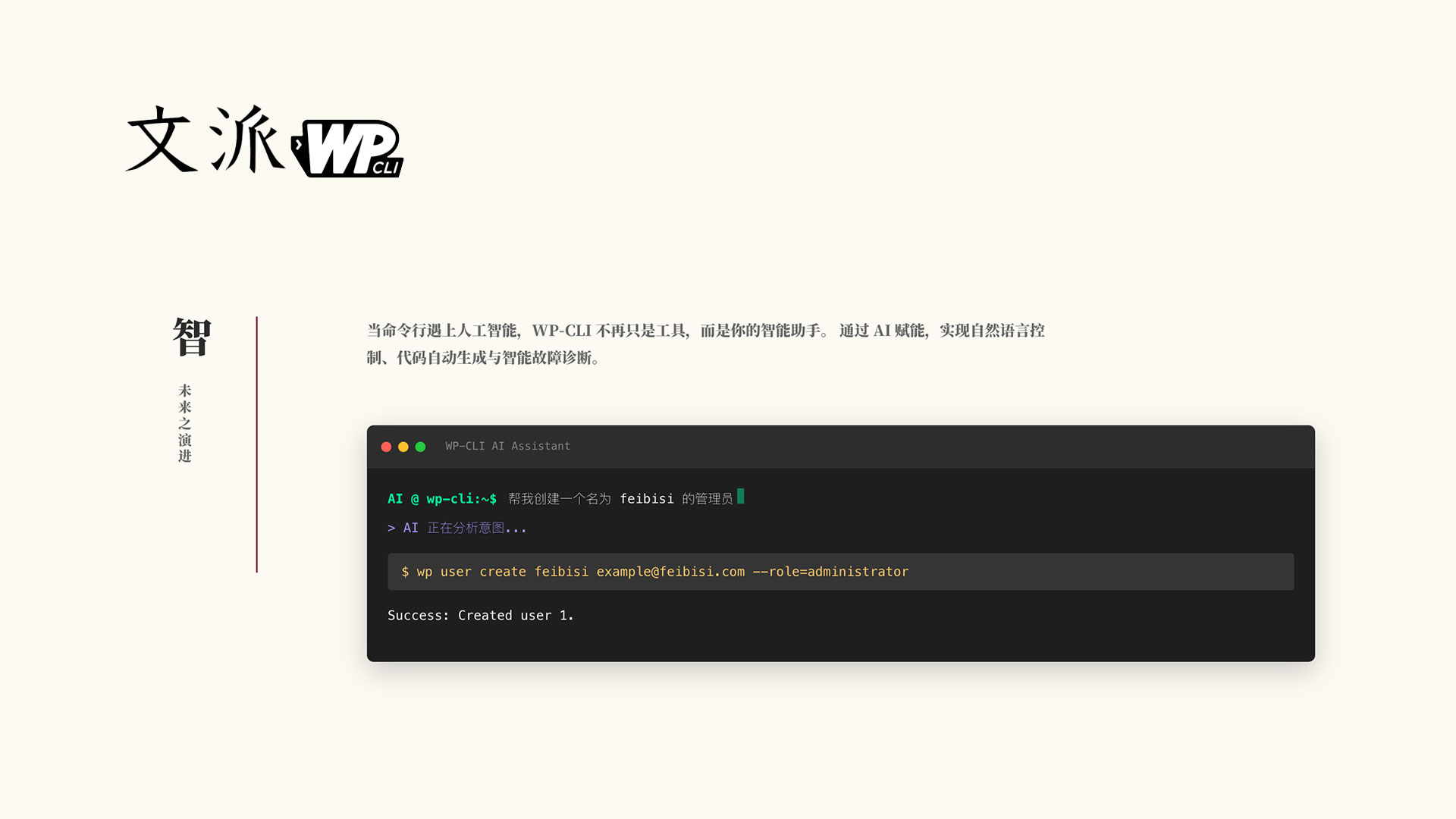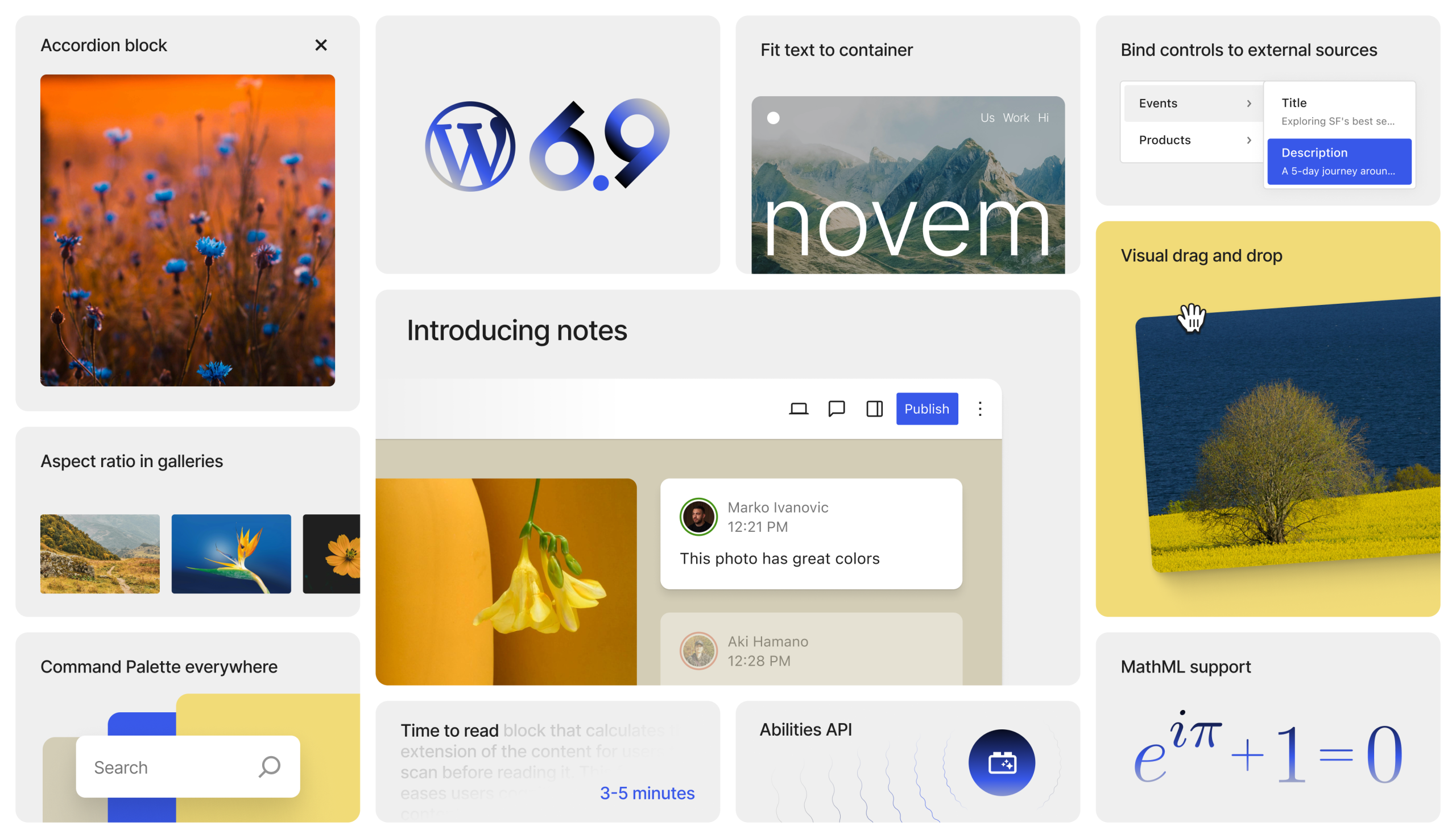满足用户的强烈需求,Gutenberg 贡献者已经实现了在列表视图中重命名几乎任何区块的功能。 16.9 版本本周发布,带来了这一新功能,该功能基于之前版本中引入的区块重命名基础设施。
区块重命名功能
这项备受期待的功能允许用户:
- 自定义区块名称:为区块设置有意义的名称,便于识别和管理
- 改善工作流程:在复杂的页面结构中更容易导航
- 团队协作:为团队成员提供更清晰的区块标识
- 内容组织:更好地组织和管理页面内容
实验性表单和输入区块
Gutenberg 16.9 还引入了实验性的表单功能:
- 表单区块:创建自定义表单的新方式
- 输入区块:各种输入字段类型的支持
- 交互性增强:为网站添加更多互动元素
- 用户体验:简化表单创建和管理流程
开发者新功能
对于开发者,这个版本带来了:
- 改进的 API 接口
- 新的钩子和过滤器
- 增强的区块开发工具
- 更好的性能优化
其他重要亮点
此版本的其他值得注意的亮点包括:
- 新媒体分类:音频和视频分类,用于按媒体类型组织模式
- 页面排序:在站点编辑器的页面管理屏幕中按日期排序页面
- 命令面板:现在显示区块特定命令作为上下文建议
- 实验功能:在页面列表中添加特色图片字段
性能和可访问性改进
Gutenberg 16.9 还包含了:
- 错误修复和性能增强
- 工具改进
- 文档更新
- 代码质量提升
- 可访问性改进
查看 Gutenberg 16.9 发布文章以了解完整的更新日志和更多详细信息。





发表回复